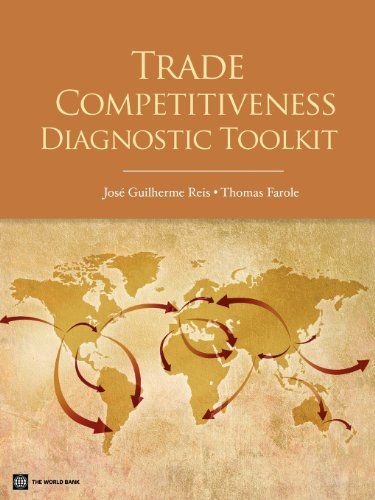
Trade Competitiveness Diagnostic Toolkit
In recent years, the agenda to support trade growth has moved beyond trade policy to embrace a wider set of 'behind the border' issues, focused on establishing an environment conducive to the emergence of firms that are competitive in both export and domestic markets. At the operational level, policymakers are increasingly requesting analytical support to understand the factors impacting competitiveness in current traded sectors, along with the prospects for diversification. In this context, the International Trade Department (PRMTR) has developed a Trade Competitiveness Diagnostic Toolkit (TCD). The TCD is a simple guide that facilitates a systematic assessment of a country's position, performance, and capabilities in export markets. The TCD combines quantitative analysis - including comparison of the country against global averages, regional and income-level peers - with an emphasis on in-depth, qualitative analysis, focusing on in-country interviews with key stakeholders across trade value chains. The TCD includes two components: 1.Trade Outcomes Analysis: a quantitative and qualitative analysis of historical trade organised around four components: 1.) the intensive margin, with a focus on the level and growth of exports as well as market share performance; 2.) the extensive margin, including diversification of both products and markets; 3.) the quality margin, focusing on the quality or sophistication of exports; and 4.) the sustainability margin, including the participation and survival of firms in export markets. 2. Competitiveness Diagnostics: cover a broad set of factors that impact trade performance, organized around three themes: 1.) The incentive framework for trade, including an analysis of trade and investment policy, and the business regulatory environment; 2.) Factor inputs, productivity, and trade costs, including issues of labor, technical efficiency, access to inputs and backbone services, and trade and logistics; and 3.) Proactive policies to support trade, including standards, export promotion, and spatial industrial policies like clusters and economic zones. The toolkit will be of particular interest to economists at development banks and donor agencies, government practitioners involved in analyzing trade performance, and academics and researchers in the area of trade and development economics